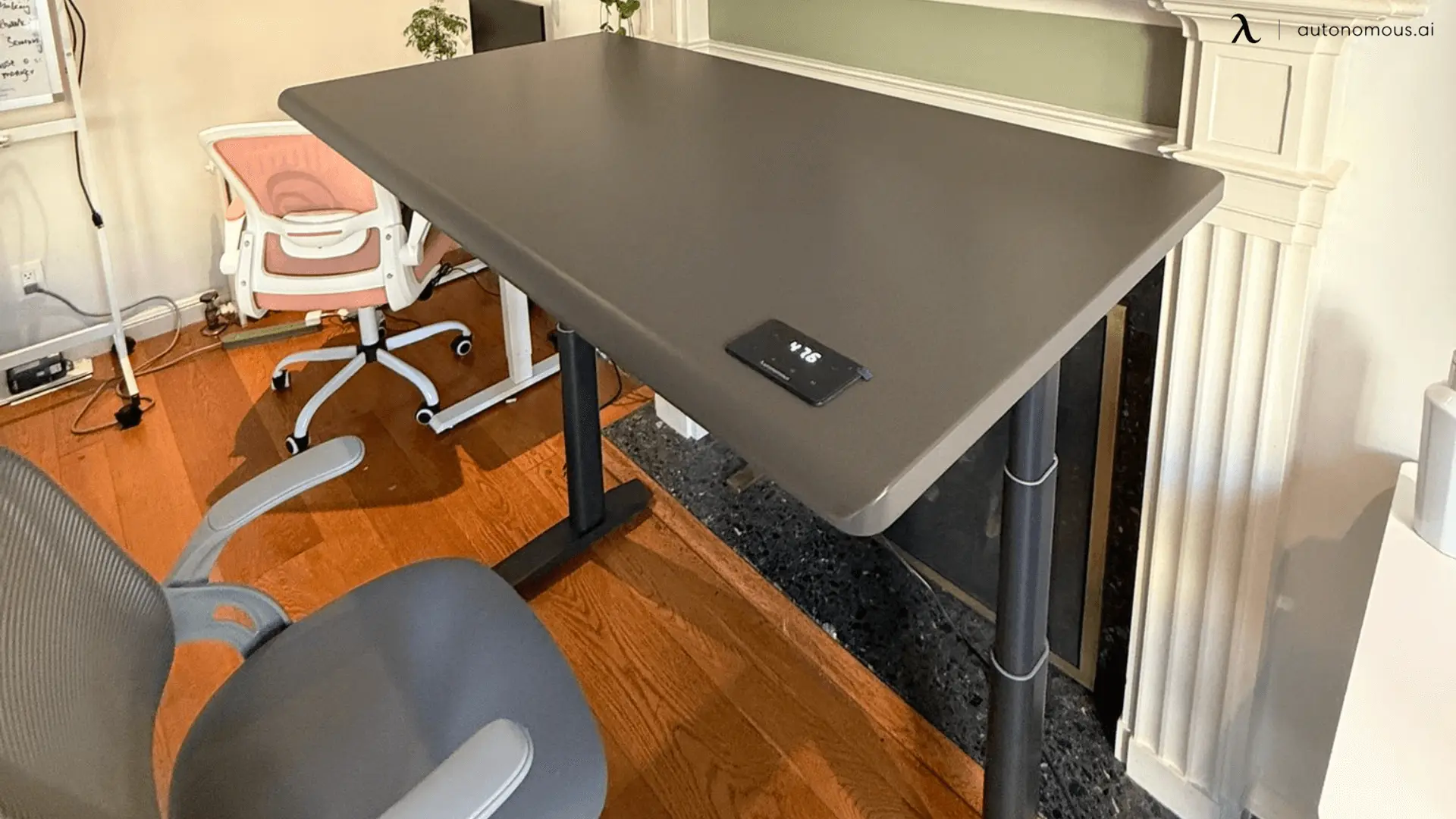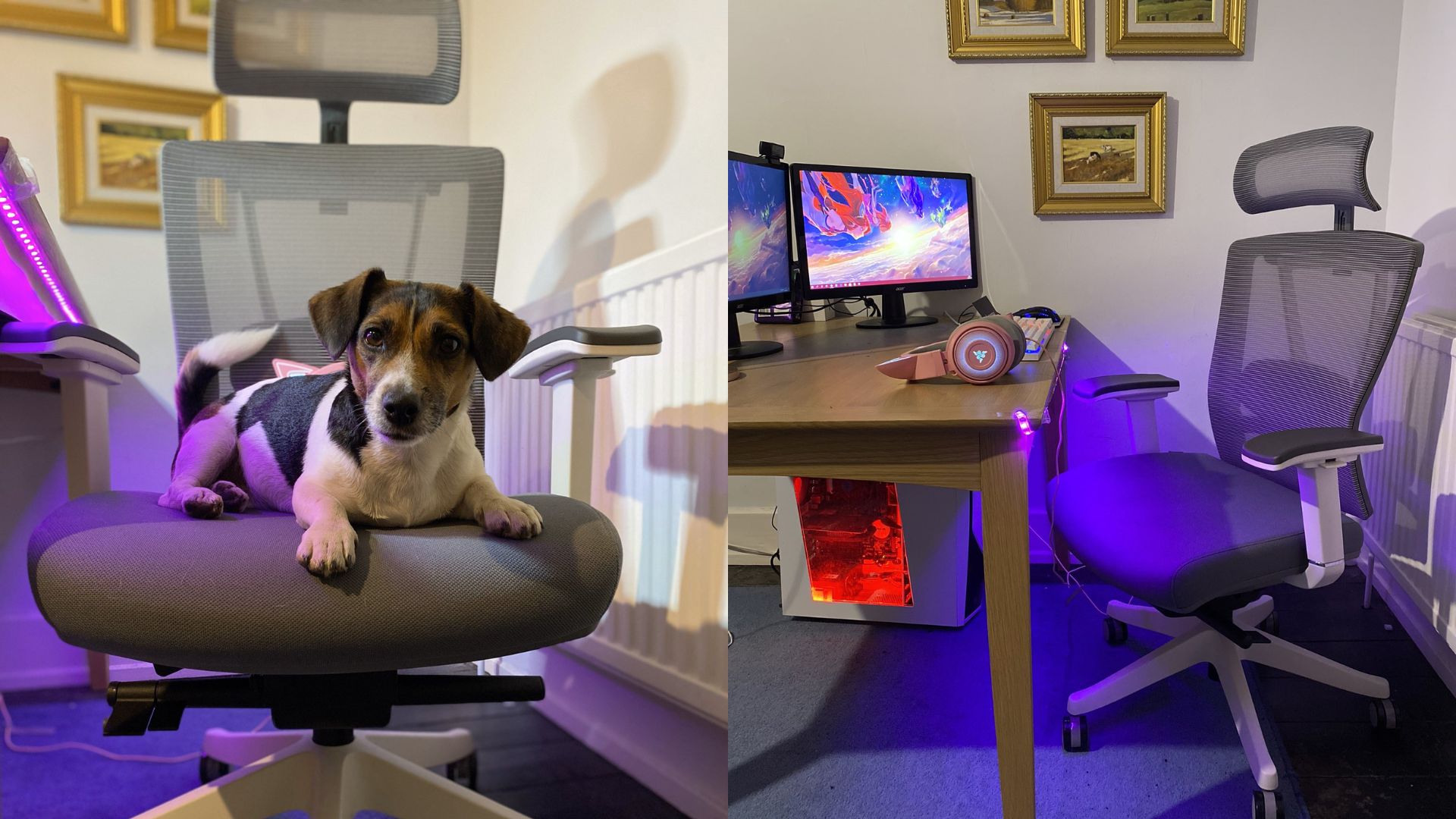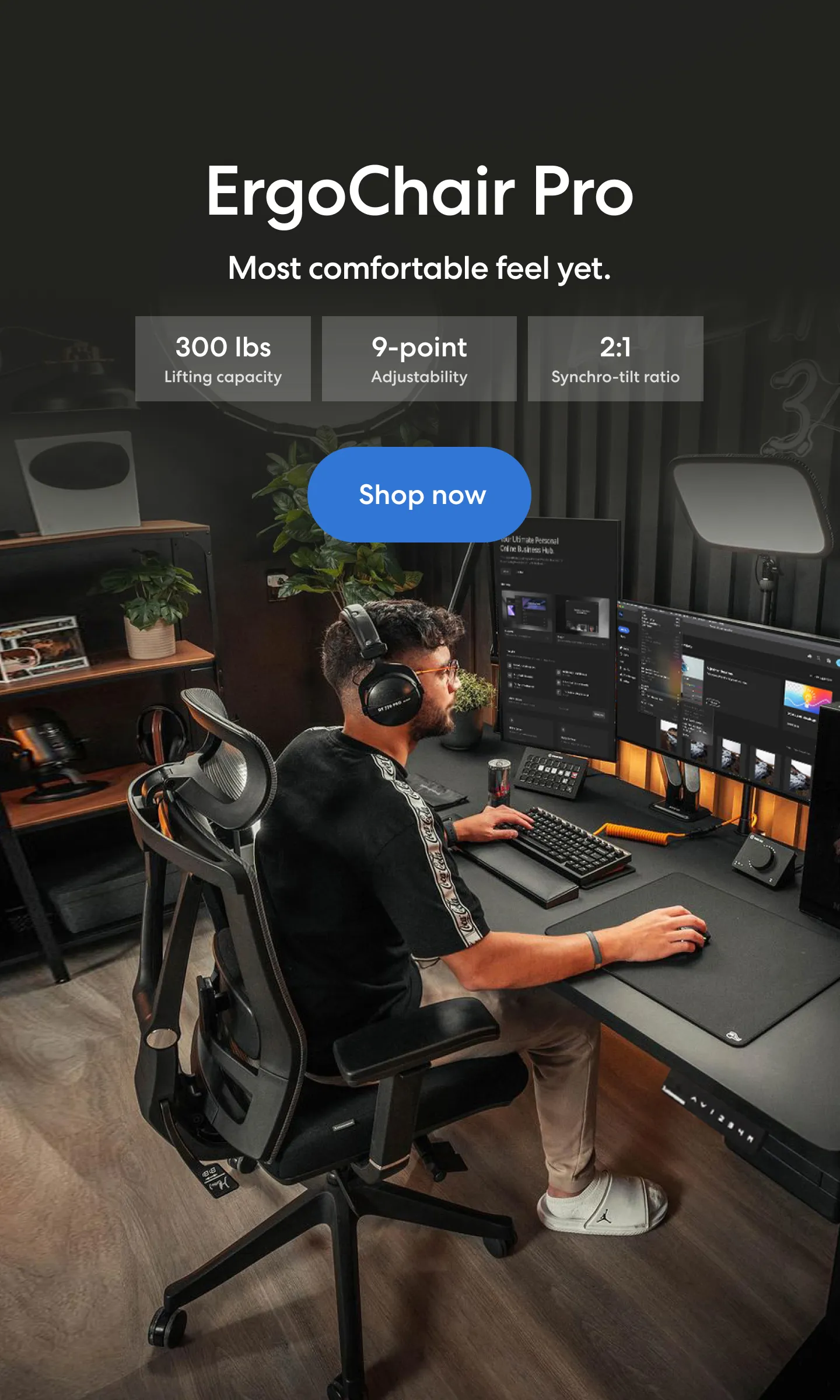.webp)
A Complete Guide for an Employee Wellbeing Strategy
Table of Contents
- Recognize the Importance of Employee Wellbeing Strategy in Your Company
- Why You Should Consider Developing an Employee Wellbeing Strategy
- Employee Wellbeing Strategy in a Hybrid Work Environment
- The Challenges that Your Company May Encounter
- How to Involve Employees in Your Wellness Plan
- Must-Have Home Office Furniture
Workplace wellness for organizations has long been an issue. It's been called a waste of time and money in the past. However, there can be a change. We're seeing how putting a focus on an employee well-being strategy can help to prevent burnout and stress.
As more companies recognize the value of employee health, we're seeing how it can assist to reverse employee burnout and reduce stress, attrition, and absenteeism, according to research.
It is feasible to measure and act on workplace well-being, and it is critical. Employee absenteeism, sick leaves, productivity, and retention data can all be used to assess the wellbeing of your workforce. Furthermore, with the help of employee feedback tools like Culture Amp, businesses may improve their staff engagement.
If you don't have a formal employee wellbeing program in place and aren't sure where to begin, this article can walk you through the process of creating one.
Recognize the Importance of Employee Wellbeing Strategy in Your Company
Well-being can mean different things to different people. For some, it’s about overall experience, happiness, and contentment at work—covering everything from morale to staffing and productivity. Others view it through a mental health lens, prioritizing access to counseling and mental wellbeing support. Many companies also promote physical health through initiatives like healthy eating programs and workplace fitness activities.
In reality, there’s no single definition. Well-being often combines elements of physical, emotional, and cognitive well-being, all of which influence how an employee feels about their role and environment.
A strong employee wellbeing strategy typically begins with efforts to reduce stress and workload, creating conditions where employees can thrive both personally and professionally. Over time, these initiatives can boost engagement, retention, and overall company success.
Why You Should Consider Developing an Employee Wellbeing Strategy
Boosting employee well-being in the workplace is an important step in caring for your employees and improving organizational performance.
One way to ensure that employee well-being is prioritized is to design an employee well-being strategy that can be updated on a regular basis in order to foster a healthy work environment.
Your workforce's financial, physical, and mental well-being would be the emphasis of an employee wellbeing strategy. It should take into account both urgent assistance and longer-term positive and preventative actions to help people succeed at work.
Employee wellbeing strategies that are effectively thought out and implemented have been shown to boost employee engagement, which leads to improved organizational performance. According to Sweet Process organizational behavior influences workplace culture can also support wellbeing strategies, since patterns of communication, leadership, and collaboration directly affect employee satisfaction.
Furthermore, each organization, its people, and its needs must have its own employee purchase program. We provide helpful information on what organizations can focus on in their strategies in this guide. Additionally, we look at how to boost employee engagement with a wellness strategy, as well as how to track the effectiveness of initiatives for ongoing improvement.
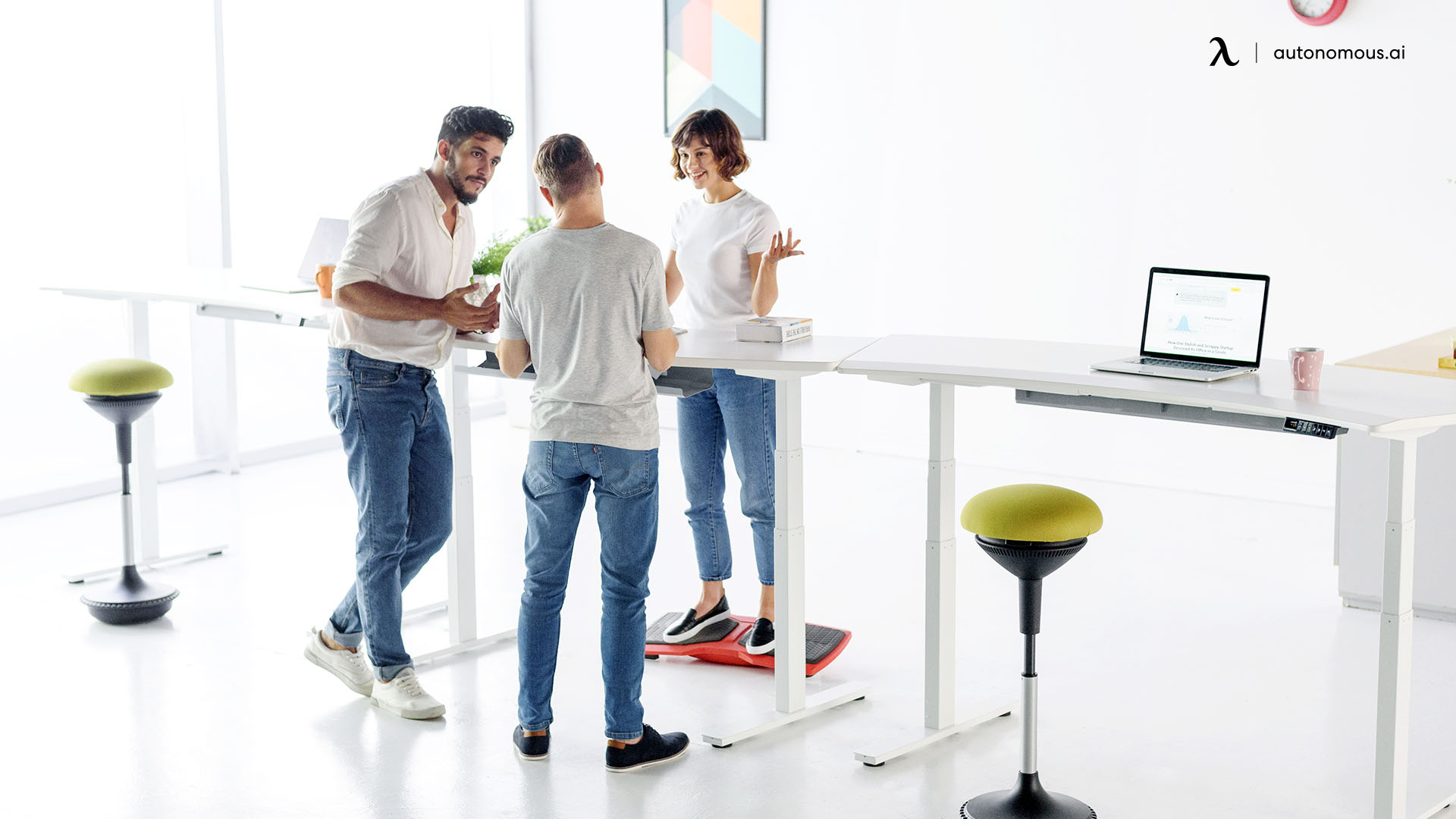
Employee Wellbeing Strategy in a Hybrid Work Environment
Employee well-being has progressed beyond simply promoting physical health. We've noticed a stronger focus on supporting employees holistically, including emotionally, financially, socially (including relationship development and human interaction skills), and physically, especially since the start of the virus. This involves taking into account the setting in which employees operate, whether at home, at the office, or other locations.
Many businesses are now assessing their position and reimagining what their long-term wellness strategy with many employee wellbeing programs and workplace wellbeing initiatives should look like. When it comes to developing an effective wellbeing strategy, there are numerous obstacles to overcome. Employees are becoming more separated and unconnected physically. The lines between home and work are becoming increasingly blurred. The long-term emotional, mental, and physical effects of working in a hybrid office space are becoming clear.
A strong workplace wellbeing strategy, on the other hand, can ensure a resilient, happy, and healthy workforce, which leads to higher productivity and cost savings due to less absenteeism and attrition. Furthermore, the improved company reputation that results might aid in attracting and retaining top employees.
When it comes to planning and implementing a meaningful workplace wellbeing strategy, it's important to realize that there's no such thing as a "one size fits all" approach. The following are some of our top recommendations for developing a successful wellness strategy for your company:
- Identify employee and business-specific needs using a data-driven approach.
- Determine what works and what may be improved.
- Utilize data to develop a business case for change by modeling where you are now vs where you want to be.
- Engage a broader range of stakeholders to agree on your goals, and design your strategy using a data-driven technique.
- Measure the return on investment on a regular basis using data-driven measures.
- Develop an employee recognition survey
The Challenges that Your Company May Encounter
The four obstacles to developing a successful employee wellbeing strategy are discussed here.
1. Not Proactive, but Reactive
A reactive approach to employee wellbeing strategy focuses on reacting to events that have already occurred. Example, you may have seen that many of your employees are beginning to show indications of stress, so you create a more flexible vacation policy. Reactive techniques, on the other hand, frequently fail because staff may grow burned out and depart during the time it takes to implement a strategy. Employee Assistance Programs (EAPs) are extremely important and still relevant in the workplace, but they also represent a reactive approach in that they are primarily designed for employees to use after they have had a big problem.
Solution
Preventing difficulties is the aim of a proactive approach to employee wellbeing strategy. Examine job design and workload, for instance, to reduce stress or provide developmental counseling. While no one can forecast the future, knowing your company's path and the factors of wellbeing may help you construct a strategy that develops strong physical, social, mental, and emotional states in your employees from the start.
2. Bolt-on Programs
"We have gym memberships," some businesses claim. “Workplace wellness takes place on Thursdays at 5 p.m. when we give a yoga class,” for example. This isn't a comprehensive approach to employee happiness. Products like gym memberships and in-office yoga sessions are fantastic, but all offerings and programs must be integrated into the firm's culture and employee cycle in order to build an environment of wellbeing.
Solution
Well-being should have a role in how you think and act, how you structure your workforce, and how you feel about your employees from recruitment to exit. Many businesses regard stand-alone efforts like yoga sessions or fruit bowls as being part of their overall employee wellbeing program plan.
3. Making It All About the Numbers
While redistributing gym memberships may appear to be a good idea, hasty remedies to corporate wellness might contribute to employee stress. When programs like these are implemented on their own, the risk of developing fit workaholics - people who are physically active and keen on getting things done but are at risk of stress, leading to high absenteeism and turnover, as well as reduced customer service - exists.
Solution
Align productivity-driven programs with real concern for people's emotional well-being, resulting in holistic advantages for both the firm and the individual.
4. Cultural Standards that Are Anti-Wellbeing
Some businesses offer holistic employee wellbeing programs that address physical, emotional, mental, and societal well-being, but they lack the cultural support needed to be successful. During new employee orientation, for example, a corporation may mention that everyone benefits from a flexible work schedule. When a new employee leaves at 5:30 p.m., their coworker gives them a hard look. Even though they were technically enabled to have a flexible schedule, the individual sits down and complies with the cultural practice of working late.
Solution
All employees must exhibit and promote cultural norms that encourage well-being strategies. Leadership is critical in modeling desired behaviors and ensuring that new programs are adopted. .
How to Involve Employees in Your Wellness Plan
It is necessary to involve employees in the development of the employee wellbeing strategy and to determine the areas that demand the most investment and attention. Keep in mind that as the workplace wellbeing strategy is implemented over the medium and long term, you need to think about how to keep your personnel engaged.
1. Branding
Effective marketing is critical, as it is with all tactics. Consider ways to make the wellbeing strategy's display and resources eye-catching, interesting, and fun in order to build interest in the programs and get people talking.
2. Scheduling that Works
If you have a shift-based workforce, make sure there is a range of wellness activities available throughout all shifts.
3. National Trends are Reflected
You might link certain national awareness days, such as World Mental Health Day, to the activities you're doing as your wellbeing strategy matures and adjust your offering to developing health issues.
4. Line Managers' Responsibilities
Line managers should set an example by participating in the employee wellbeing strategy's activities. They can involve their teams in strategy discussions by promoting involvement and feedback.
This can benefit line managers in the long run as they begin to notice gains in their team's productivity and well-being. It can also have a good impact on their team's performance.
5. Office Aesthetic
Working at an office can be really exhausting. With the addition of a few items, this experience can be made more delightful. Including some supplies in your office design ideas can make working much more enjoyable, and some of them can significantly improve the aesthetics of your workspace.
There are a handful of must-have office products that can make a huge difference in your work environment. Some of them can help you be more productive, while others can make your workstation more appealing to the eye, and yet others can just make the experience more fun.

Must-Have Home Office Furniture
A number of home office furniture necessities are required for a pleasant and successful home setup. Everything in your home office setting, from ergonomically designed to tiny paper clips, should serve a function.
There are plenty of excellent items on the market to take your home office to the next level, from mental wellness to ergonomics, time management to organizing.
A workstation is at the heart of any effective and customized work-from-home setup.
Your choice of desk is crucial, from being the dependable plane that contains all of your necessary office equipment to standing firm while you write, call, and brainstorm throughout the day.
During the day, you should try to change your work position, both sitting and standing. You can accomplish just that with an adjustable standing desk.
Your desk chair is probably more significant than your desk when it comes to your health. Many office chairs lack the support required to keep you comfy and in the proper position for lengthy stretches of time. So, it’s time for a new one - an ergonomic chair.
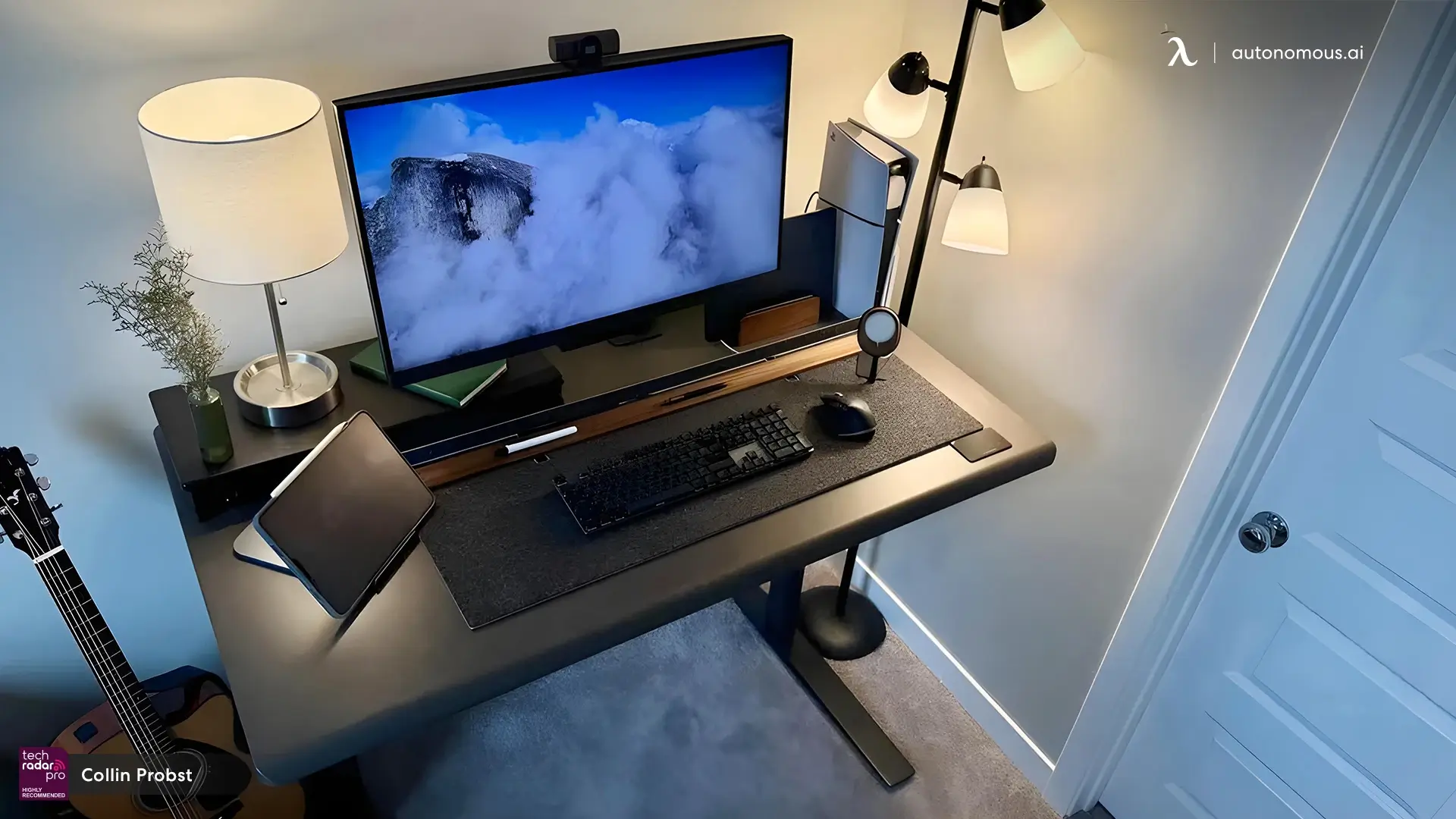
Autonomous Desk 5
| Dimensions | 53"L x 29"W x 1.2"H |
|---|---|
| Colors | Stone Desert, Titanium White, Meteor Grey |
| Coating | Special customize sealing paint based on Green Standard |
| Material | HDF wood |
| Motor type | Dual |
|---|---|
| Lifting speed | 1.2”/sec |
| Lifting capacity | 330 lbs |
| Noise level | 40 dB |
| Height range (without top) | 29.5" - 48.5" |
| Height range (with top) | 30.7" - 49.7" |
| Length range | 40.4" - 70.9" |
| Frame foot width | 26.4" |
| Material | SPCC steel |
| Colors | Stone Desert, Titanium White, Meteor Grey |
| Outlet voltage | 110-240V |
| Anti - collision | Yes |
| Motor type | Dual |
|---|---|
| Lifting speed | 1.6”/sec |
| Lifting capacity | 330 lbs |
| Noise level | 40 dB |
| Height range (without top) | 26" - 51.5" |
| Height range (with top) | 27.2" - 52.7" |
| Length range | 40.4" - 70.9" |
| Frame foot width | 26.4" |
| Material | SPCC steel |
| Colors | Stone Desert, Titanium White, Meteor Grey |
| Outlet voltage | 110-240V |
| Anti - collision | Yes |

Autonomous ErgoChair Pro
| Dimensions | 29”L x 29”W x 46” - 50”H |
|---|---|
| Seat dimensions | 20”L x 20”W |
| Seat height | 18” - 20” |
| Back dimensions (w/o headrest) | 21”W x 22”H |
| Back dimensions (with headrest) | 21”W x 28” - 31”H |
| Tilt range | 22° |
| Armrest height | 11” - 14” |
| Armrest height (from the floor) | 26.7” - 32.2” |
| Caster wheel diameter | 2.36 inches |
| Number of caster wheels | 5 pieces |
| Materials | Polyester fabric with molded foam interior and durable nylon plastic frame; PU handrest pads. |
| Colors | Cool Gray, Evergreen, All Black Red Apple, Black & White, Baby Blue |
| Weight capacity | 300 lbs |
| Item weight | 48.5 lbs |
| Shipping dimensions | 29”L x 27”W x 19”H x 67 lbs |
| Assembly required | Yes |
| Warranty | 2 years |
| Free returns | 30 days The trial and return policy does NOT apply to products on sale. |
| Adjustability | Headrest, armrest, back tilt angle and tension, seat tilt and height. |
| Pros | Cons |
| 9 adjustable points, including headrest, armrests, and seat height, ensure personalized comfort. | Assembly required: May be challenging for some users. |
| Synchro-tilt mechanism: Reclines at a 2-to-1 ratio for balanced lower back and leg support. | Weighs 48.5 lbs, making it harder to move. |
| Breathable mesh: Prevents overheating, keeping you cool and focused. | |
| Flexible lumbar cushion: Adapts to your spine's curve, reducing pain and stiffness. | |
| Available in multiple stylish colors. | |
| Supports up to 300 lbs with a durable nylon plastic frame. |
Spread the word
.svg)



